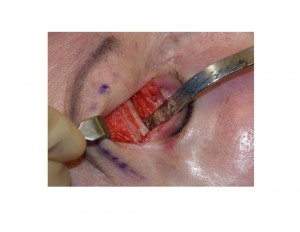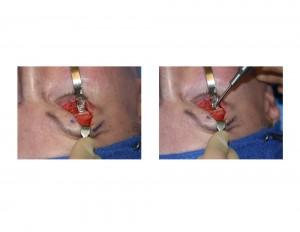Brow bone reduction is one of numerous types of facial bone reshaping procedures. In its most traditional sense it is done to reduce the horizontal or forward projection of the brow bones. In essence this is to reduce the bulge or outward prominence of them. This is usually done either in men with very large and overgrown frontal sinuses or in male to female transgender surgery to create a perfectly flat brow bone arch. Depending upon the degree of brow bone protrusion and the thickness of the anterior wall of the frontal sinus burring reduction or an osteoplastic bone flap setback procedure can be done.
But excessive brow bone growth or shape can occur in other dimensions as well. Brow bones that are too vertically low or high can cause undesired orbital/eye issues. Brow bones that are too high (increased vertical orbital height) may make the eye look too open and the brows retracted. Brow bones whose edges are too vertically low may make the eye look too closed or push down on the eyelid tissues causing an appearance of eyelid hooding or pseudoptosis.


Dr. Barry Eppley
Indianapolis, Indiana


